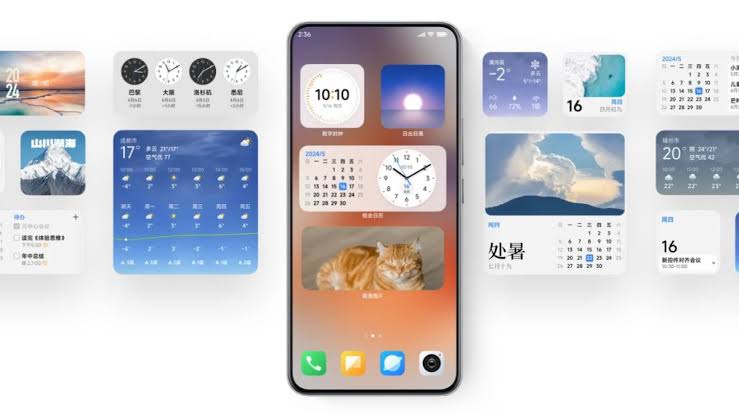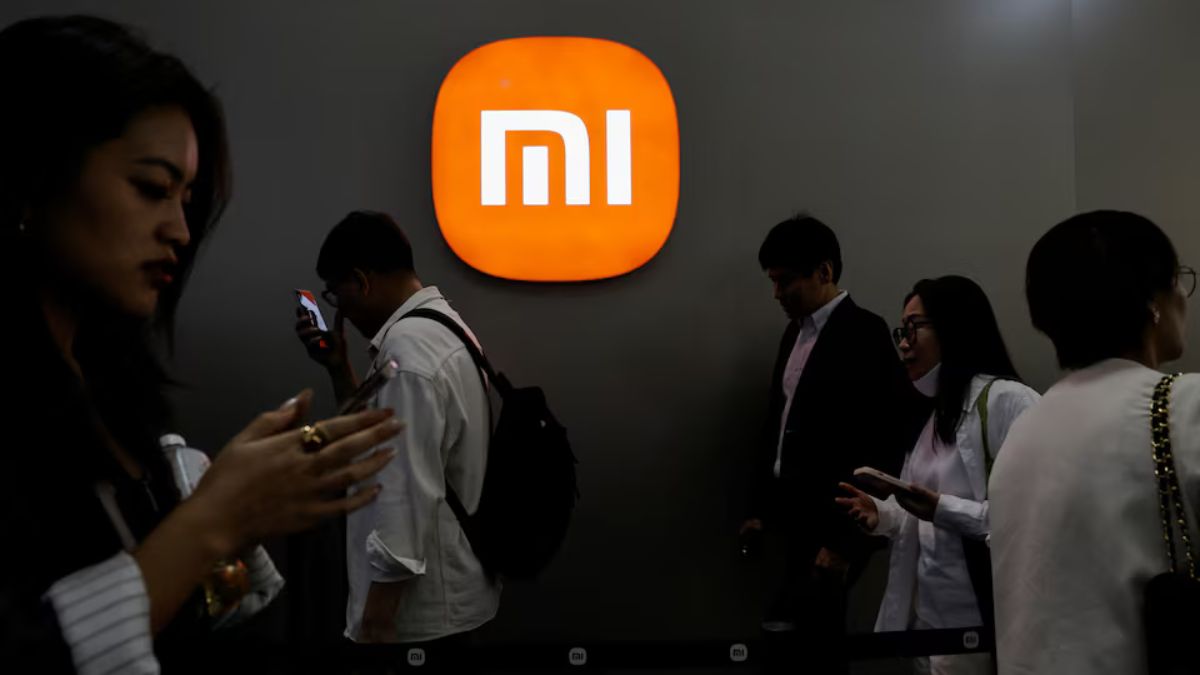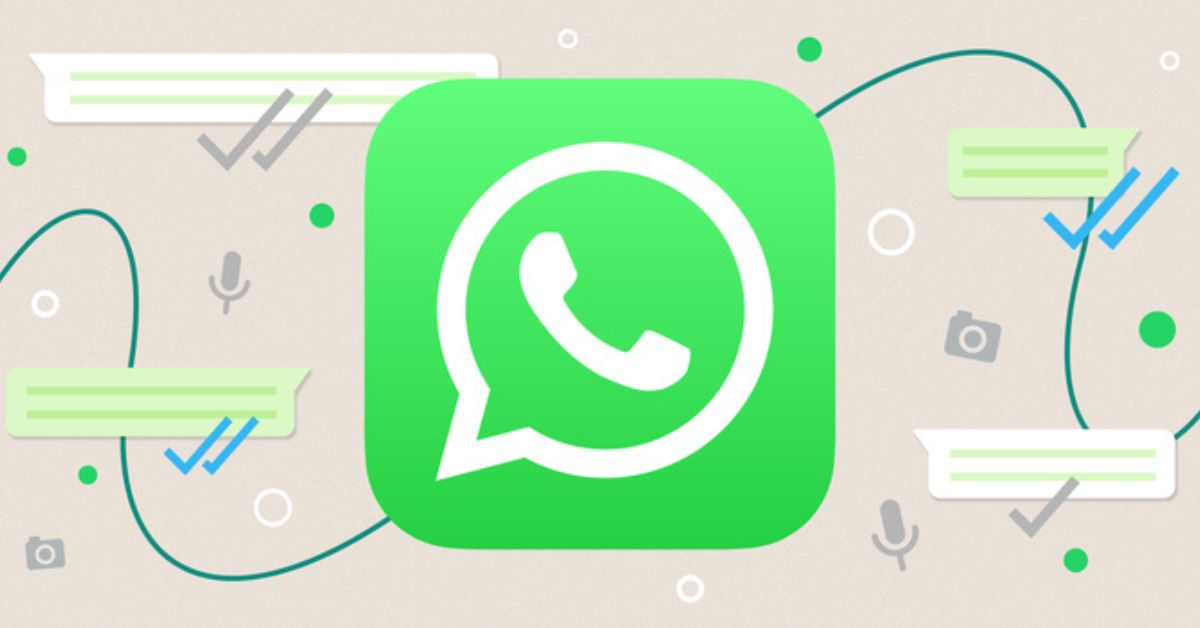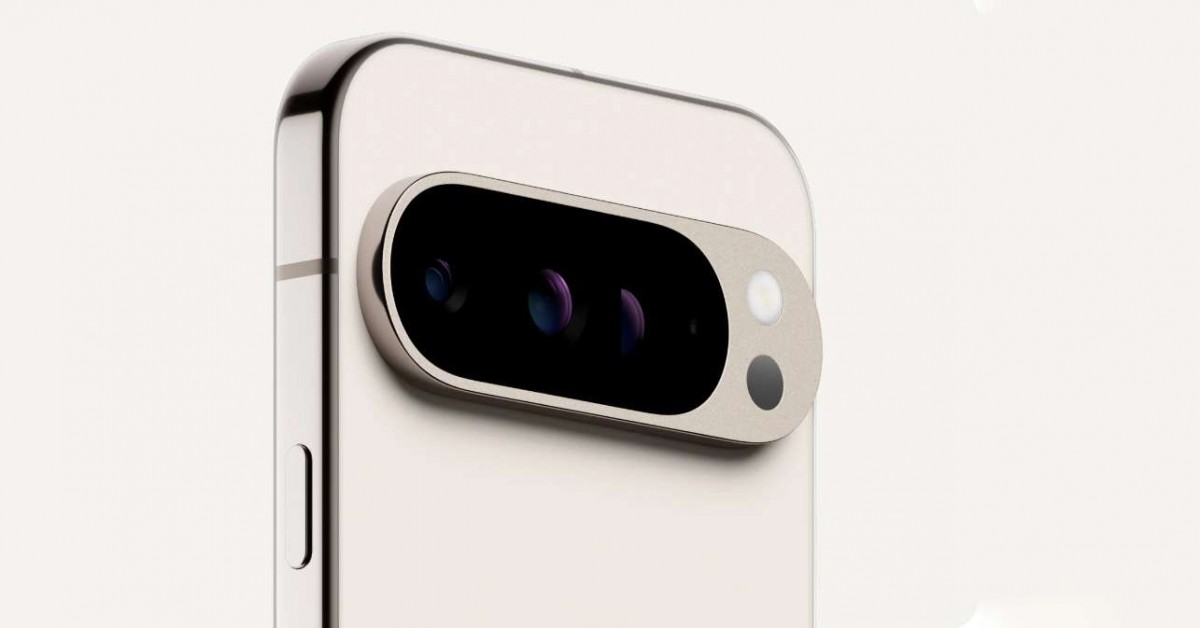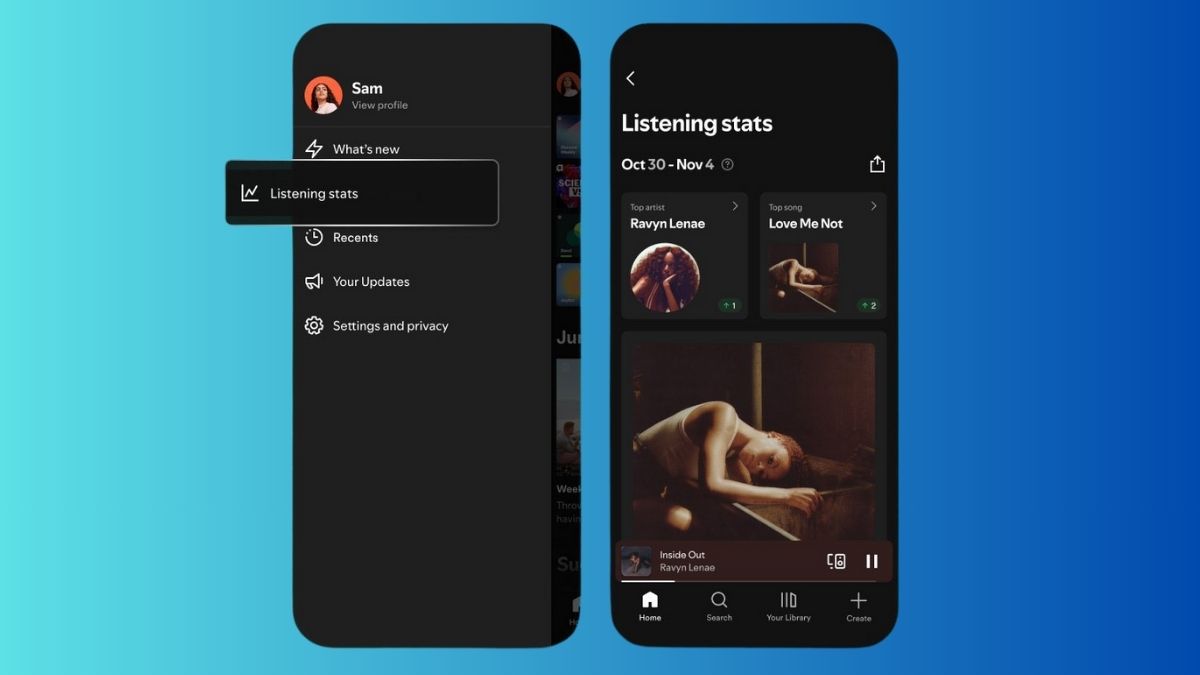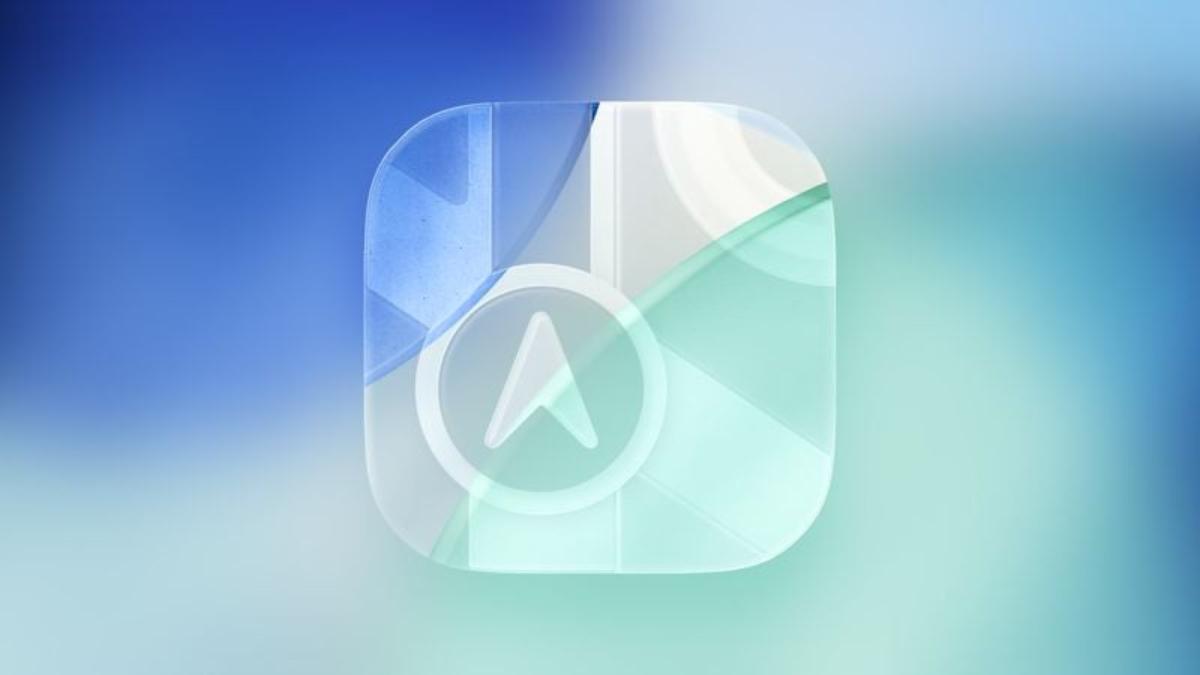Xiaomi’s HyperOS 2, which launched on October 29, 2024, has sparked plenty of excitement.
With users eagerly awaiting updates, Xiaomi has now clarified several key points about the operating system, its rollout, and some features that are still being refined.
Rollout and Gradual Update Process
Since its release, the HyperOS 2 update has been rolled out to select models like the Xiaomi 14 series, Redmi K70 Extreme Edition, and Xiaomi Pad 6S Pro.
Over the next month, more models, including the Xiaomi MIX Fold 4 and MIX Flip, will get the update, with the Xiaomi 13 and Redmi K60 series following in December.
Xiaomi is using a batch adaptation strategy for the update, meaning it will be pushed gradually due to the variety of devices and hardware configurations.
Cinematic Lock Screen Missing on Xiaomi 14 Series
One of the anticipated features of HyperOS 2, the Cinematic Lock Screen, is currently unavailable for the Xiaomi 14 series.
Xiaomi explains this is because the Snapdragon 8 Gen3 chipset used in the Xiaomi 14 is still in the process of full adaptation. However, the feature will be included in an upcoming stable update.
Desktop Layout and Personalization
HyperOS 2 introduces a redesigned desktop layout, offering greater flexibility for users to arrange widgets and icons. However, some users have noticed issues with distorted icons or widgets on large screens.
Xiaomi is addressing this by optimizing the layout for different screen sizes and is working on fixing inconsistencies in icon rows when closing the search box.
Photo Album Changes and User Feedback
The photo album layout has been updated to a five-column format for better information density. For users who prefer the older four-column layout, there’s an option to revert via pinch-to-zoom.
Xiaomi also plans to improve the “That Day” feature by allowing users to hide it and refining the algorithm for displaying memorable photos.
Motion Photos and Third-Party Support
HyperOS 2 also adds a “Motion Photo” mode in the camera for animated photos. To share these dynamic photos on social platforms like Weibo and Xiaohongshu, users must update their apps to the latest versions. Xiaomi has been gradually adding support for these photos, and most apps will be updated by November.
Connectivity Issues with Apple Devices
If you can’t find your Xiaomi phone after installing the “Xiaomi Internet Service” app on an Apple device, make sure both the Xiaomi phone and Apple device are signed into the same Xiaomi account and connected to the same Wi-Fi network. Also, check that the “Cross-screen Collaboration Service” and “Xiaomi Transmission” apps are up to date.
AI Translation and Subtitle Features
HyperOS 2 introduces two key AI features: AI Dialogue Translation and AI Real-Time Subtitles. The translation feature currently supports 12 languages, including Chinese, English, Japanese, and Korean.
The subtitle feature can translate these languages into Chinese, with future updates expected to expand capabilities.
Super XiaoAi Beta and Missing Effects
Some users have noticed missing effects after upgrading to HyperOS 2, particularly blur effects. Xiaomi attributes this to the new graphics architecture, with full support for all models still in the works. The company is actively releasing updates and improvements, with a Beta version expected soon.
While the rollout of HyperOS 2 may take some time due to the variety of devices, Xiaomi assures users that more updates and refinements are coming. Keep an eye on official Xiaomi channels for the latest information on updates for your device.

